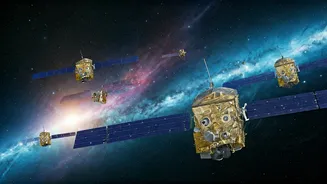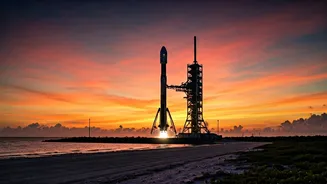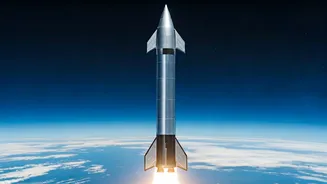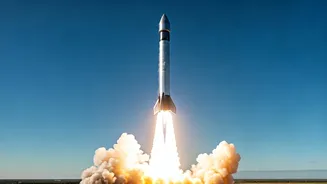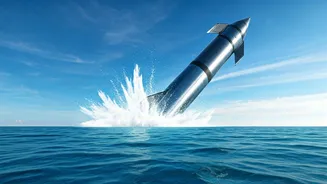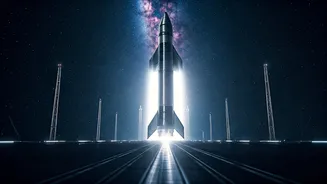SmallSats: Educational Frontiers
The SmallSat Education Conference acted as a bridge, connecting aerospace education with emerging opportunities. The conference aimed to foster collaboration
and understanding of how these miniature satellites can be used to enrich STEM education. SmallSats, due to their lower cost and accessibility, present a unique pathway for students and educators to get hands-on experience in space-related projects. Participants explored curriculum integration, project-based learning, and the practical aspects of building and launching SmallSats. The conference underscored the importance of hands-on experience and collaboration in shaping the next generation of space innovators. Attendees learned how to incorporate these projects into their classrooms and how to foster students' interest in space-related disciplines. Furthermore, the conference's diverse audience, including educators, parents, and students, ensured a broad perspective on the educational value of SmallSats. The focus was on enabling students to gain practical skills while simultaneously increasing their interest in space exploration.
Data Boom, Video Decline
A significant point discussed was the reshaping of satellite revenues. The industry anticipates a shift, with a predicted boom in data-related services and a decline in video-based services by 2034. This transformation will influence investment decisions, technological advancements, and business models. This shift toward data-centric services reflects the growing demand for real-time information, earth observation, and communication technologies. The decline in video services may result from changing consumption habits, with a shift to streaming services. The conference highlighted how educational institutions and students can benefit from this evolving landscape by gaining insights into data analysis, satellite communications, and the management of space-based resources. These evolving trends present exciting challenges and opportunities for students, offering various paths to innovate and contribute in the space sector. Students can play a vital role in analyzing data, developing applications, and creating new opportunities in the space sector.
FAST Thruster Technology
ECAPS announced a breakthrough in propulsion technology. Their Fast-Start Thruster (FAST) technology promises to boost efficiency and performance for space missions. This innovative technology has significant implications for SmallSats, as it allows for quicker maneuvers and improved orbit control. The development of FAST technology presents students with a deeper understanding of the physics and engineering principles behind spacecraft propulsion. The advancements in thruster technology make SmallSats more adaptable and efficient, extending their operational lifespan and broadening their capabilities. FAST's impact on educational initiatives lies in how it illustrates the practical and theoretical aspects of space travel. The conference provided an in-depth view of FAST, its applications, and its role in shaping future space exploration initiatives. This breakthrough opens up opportunities for future aerospace engineering projects, giving students a platform to apply their knowledge. The overall goal is to encourage innovative thinking among students, allowing them to visualize new solutions for propulsion problems.
SpaceX's Launch Approvals
SpaceX received approval for increased Falcon launch activities from Vandenberg. This development points to a growing emphasis on space access and the advancement of launch technologies. The increase in launches shows how the space sector is growing, driving down costs and enhancing space exploration. This also directly impacts education. Students can study the logistical and engineering challenges of launching rockets, tracking satellites, and monitoring space missions. The approval for more Falcon launches indicates that there's ongoing research and development in launch vehicles, creating many practical learning opportunities for students. It underscores how important collaboration and innovation are to the future of space exploration. The increased launch frequency creates better opportunities for educational organizations, universities, and research groups to explore, understand, and use space for various endeavors, including scientific research, technology development, and educational purposes.
